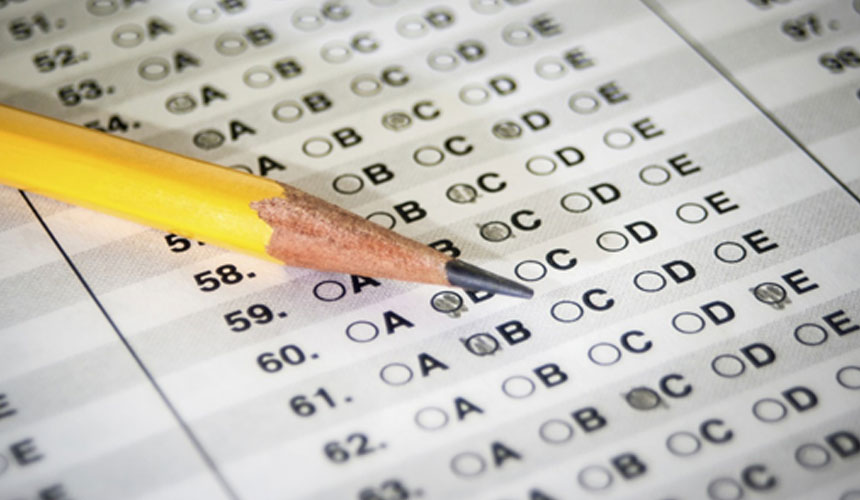- admin
- 2021-10-03
UNIVERSITY PREPARATION PROGRAM
UNIVERSITY PREPARATION PROGRAM
Anyone can get into university in
Canada!
That doesn't mean everyone can get
into every program at every school...
Every student who believes they deserve a shot at a
university degree can enter Canada's post-secondary education system, at any
age, with or without a high school diploma.
Most people don't think about the variety of ways to
enter university because they never had to. If you went to university, chances
are you went to a public, separate or private high school, got a high school
diploma, and applied to university with your graduating class. Some of you may
have taken a year or two off between high school and university to work or
travel. A few of you spent multiple years outside of the classroom before
undertaking a university education. And a lot of you never went to university
at all. Most of you, though, had no reason to discover the different paths you
could have taken to university because it was assumed that you would finish
high school and go on to university.
But what if you don’t want to follow a old-fashioned path?
- What
if you never finished high school but know you could do well at university
now that you're more mature and know what you want?
- What
if you are working grade levels ahead of your age and high school is just
holding you back?
- What
if you find a great school or program that doesn't offer a high school
diploma?
- What
if you are a student athlete or performer and have trouble fitting
traditional high school into your schedule?
- What
if you have an exclusive chance to travel, volunteer, intern, or work and
decide that this experience will enrich your education more than going to
high school?
- What
if you were homeschooled as a child and want to continue with a
self-directed education through your high school years?
- What
if you live in a remote area and the closest school is too far away to be
practical?
Below are several different ways you can apply to
university in Canada, some traditional and some not so traditional. Everyone
can be accommodated in the Canadian university system, regardless of age and
academic background. Even if you're in high school right now, you may find a
path to university below that appeals to you more than finishing your high school
diploma. All students need to know that although a provincial high school
diploma can lead to university admission, it is by no means the only way to get
into university. It's not even the easiest way!
So if you're wondering how to get into university in Canada,
take a look at all the valid kinds of applicants that can apply to Canadian
university.
HIGH SCHOOL DIPLOMA STUDENT
In Canada, the most typical way to get into university
is by earning a provincially accredited high school diploma as a teenager. If
you have a high school diploma, then university admission is based on the
specific courses you took in your senior year of high school (pre-requisites),
your grades and, for some competitive programs, a supplementary application
that may include items such as a resume, personal statement, or reference
letters. High school diplomas can be earned through courses taken at public
schools, private schools, distance education, night schools, adult education
centres and summer schools.
Most students will choose to go to a public or private high
school for four years and earn enough credits (and complete any other diploma
requirements such as community service hours, standardized testing) to graduate
with a high school diploma from the province. In the province of Quebec,
students will complete high school a year earlier than the rest of the country
(Gr. 11 instead of Gr. 12) and study for two years at a CEGEP prior to
attending a Quebec university.
Students who take time off from high school or fail to
complete all the diploma requirements, may find that going back and finishing
the diploma requirements as an older student is tiresome. Night schools or
adult education centres may not offer the wide assortment of courses that a
traditional day school offers, and any consistent tests required for a diploma
will be administered during the school day, and only once per school year. For
this reason, older students are generally not required to go back and complete
a high school diploma before applying to university. Instead, they will usually
apply as mature students.
MATURE STUDENT
All post-secondary institutions, both colleges and
universities, describe a mature student as one who has reached a certain age
(typically 19, but sometimes 21), been out of school for a certain amount of
time (usually 1 - 2 years) and does not have the academic
credentials/pre-requisites expected of recent high school graduates. Usually,
this means the student has not received a government-accredited high school
diploma. Sometimes, a mature student will have a diploma, but just not the
specific high school courses expected for admission to their desired program.
For example, a high school graduate without senior level courses in mathematics
and physics would not normally be considered to have the appropriate admission
requirements for an engineering program at a Canadian university.
Mature students may be admitted on the basis of life and
work experience, irrespective of their past academic performance. Some
institutions will require the applicant to prove a level of academic readiness
for a university program. Others admit mature students on a trial basis, or
only to certain programs within the university. At institutions with such
policies, most mature student applicants will be allowed to progress to full
degree status, or transfer to a more selective/desirable program of study upon
successful completion of a pre-determined number of university courses.
Unless a mature student is very close to completing
all requirements for a high school diploma, it generally does not make sense
for this student to go back into the high school system. Each Canadian province
has a Ministry of Education that prescribes not only the content of high school
courses but also the methods of pedagogy and assessment used to teach and
assign grades for the courses.
For example, a high school math course may require the
use of graphing calculators, group work and creative projects while teaching
senior level mathematics topics. A mature student may not have access to this
technology, may not have the flexible timetable to work on a group project and
may simply not want to write math journals or create artistic math projects if
his or her goal is simply to learn enough math to prepare for university-level
studies. Mature students may be more ready to "get down to business" than their
colleagues in a traditional high school setting, and our university admissions
system knows this.








